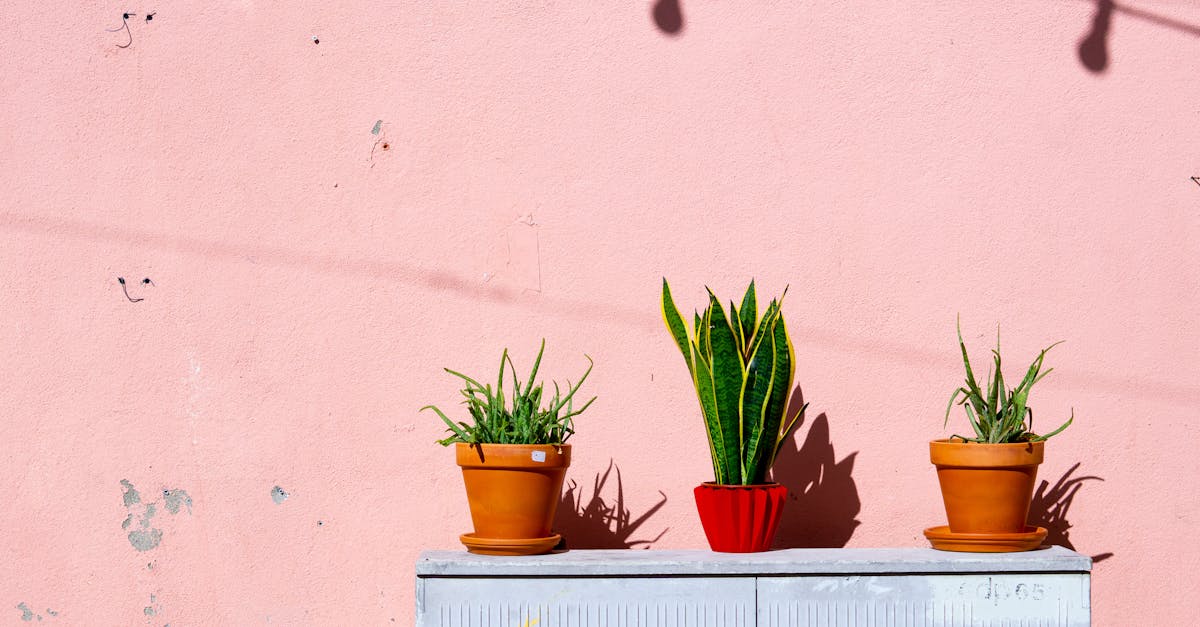Are you ready to jump into the world of deep water culture gardening? In our full guide, we’ll investigate the ins and outs of this hydroponic system that’s revolutionizing how we grow plants.
From setting up your DWC system to maintaining optimal nutrient levels, we’ve got you covered every step of the way.
Let’s plunge into this exciting journey together and unlock the secrets to successful deep water culture gardening.
Key Takeaways
- Deep Water Culture (DWC) gardening involves plants growing suspended over a nutrient solution, promoting rapid growth and high yields.
- Benefits of DWC gardening include rapid plant growth, increased yields, water efficiency, low maintenance, and versatility in growing various plants.
- To set up a DWC system, choose a suitable container, add water and nutrients, oxygenate with an air pump, place plants in net pots, and monitor regularly.
- Maintaining nutrient levels in DWC involves regular monitoring with a TDS meter, adjusting pH levels, topping up nutrients, preventing algae growth, and cleaning the system regularly.

What is Deep Water Culture Gardening?
Deep Water Culture (DWC) gardening is a hydroponic technique where plants grow suspended over a nutrient solution. The roots are constantly submerged, allowing direct access to oxygen and nutrients, promoting rapid and healthy plant growth. This method is popular among home gardeners and commercial growers due to its simplicity and effectiveness.
In a DWC system, plants are placed in net pots and supported above the water by a platform or raft. An air pump is used to oxygenate the nutrient solution, ensuring the roots receive an adequate oxygen supply. This setup fosters faster growth rates and higher yields compared to traditional soil gardening methods.
DWC gardening is known for its low maintenance requirements and suitability for a wide range of plants. It offers an efficient way to cultivate greens, herbs, and even fruiting crops in a controlled environment, making it a versatile and rewarding option for indoor and outdoor gardening alike. If you want to learn more about hydroponics, check out this guide to hydroponic systems.
Benefits of Deep Water Culture Gardening
When it comes to Deep Water Culture (DWC) gardening, the benefits speak for themselves:
- Rapid growth: Plants in DWC systems experience faster growth due to direct access to oxygen and nutrients.
- Increased yields: Expect higher yields compared to traditional soil gardening methods.
- Water efficiency: DWC uses less water than traditional gardening, making it environmentally friendly.
- Low maintenance: With fewer components, maintenance is minimal.
- Versatile: You can grow a wide variety of plants, from herbs to veggies, both indoors and outdoors.
Figure out more about the benefits of Deep Water Culture gardening from this detailed guide on hydroponic systems.

Setting Up Your Deep Water Culture System
When setting up your Deep Water Culture (DWC) system, there are a few key steps to follow:
- Choose a suitable container for your plants.
- Place the container in a secure and level location.
- Fill the container with water and add hydroponic nutrients as instructed.
- Install an air pump connected to air stones to oxygenate the water.
- Place your plants in net pots and insert them into the system.
- Monitor the water level and nutrient balance regularly.
For detailed guidance on setting up a DWC system, refer to this helpful guide and video tutorial.
Maintaining Nutrient Levels in Deep Water Culture
In a Deep Water Culture (DWC) system, it’s critical to monitor and maintain nutrient levels for healthy plant growth. Here are some simple tips to help us keep our plants thriving:
- Regular Monitoring: Check nutrient levels using a TDS meter to ensure they are within the optimal range.
- Adjusting pH: Keep pH levels between 5.5 to 6.5 to prevent nutrient deficiencies and ensure proper absorption.
- Top-Up Nutrients: Regularly top up the reservoir with a fresh batch of hydroponic nutrients to maintain the required levels for plant growth.
- Preventing Algae Growth: Use lightproof materials for the reservoir to reduce the growth of algae that can affect nutrient levels.
- Cleaning Routine: Regularly clean the system and change the water every 2-3 weeks to prevent nutrient imbalances.
For more detailed information on nutrient management in DWC, refer to this full guide on nutrient solutions.

